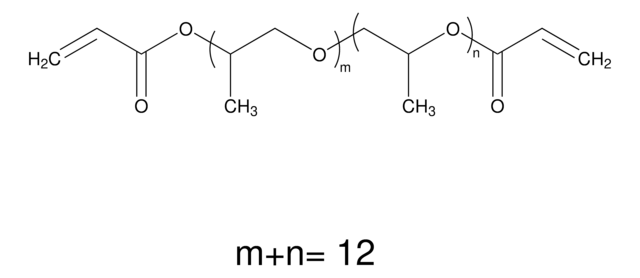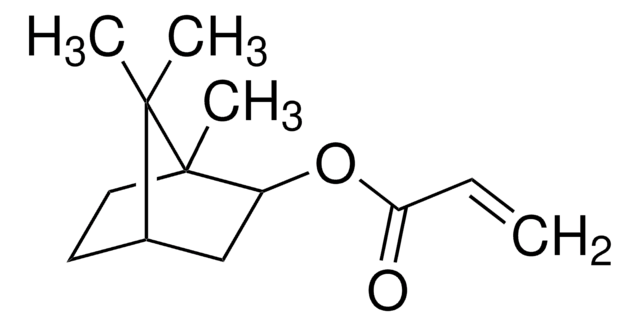246808
Trimethylolpropane triacrylate
contains monomethyl ether hydroquinone as inhibitor, technical grade
Synonyme(s) :
TMPTA
About This Item
Produits recommandés
Qualité
technical grade
Niveau de qualité
Densité de vapeur
>1 (vs air)
Pression de vapeur
<0.01 mmHg ( 20 °C)
Contient
monomethyl ether hydroquinone as inhibitor
Indice de réfraction
n20/D 1.474 (lit.)
Densité
1.1 g/mL at 25 °C (lit.)
Chaîne SMILES
CCC(COC(=O)C=C)(COC(=O)C=C)COC(=O)C=C
InChI
1S/C15H20O6/c1-5-12(16)19-9-15(8-4,10-20-13(17)6-2)11-21-14(18)7-3/h5-7H,1-3,8-11H2,4H3
Clé InChI
DAKWPKUUDNSNPN-UHFFFAOYSA-N
Description générale
Application
- Poly(trimethylolpropane triacrylate/Al(PTMPTA/Al) nanocomposites by in situ solution polymerization.
- Cross-linkable acrylamide/crotonic acid water retainer hydrogels.
- Polymer electrolyte for dye-sensitized solar cells.
Mention d'avertissement
Warning
Mentions de danger
Conseils de prudence
Classification des risques
Aquatic Acute 1 - Aquatic Chronic 1 - Carc. 2 - Eye Irrit. 2 - Skin Irrit. 2 - Skin Sens. 1
Code de la classe de stockage
10 - Combustible liquids
Classe de danger pour l'eau (WGK)
WGK 2
Point d'éclair (°F)
382.1 °F - closed cup
Point d'éclair (°C)
194.5 °C - closed cup
Équipement de protection individuelle
Eyeshields, Faceshields, Gloves, type ABEK (EN14387) respirator filter
Faites votre choix parmi les versions les plus récentes :
Déjà en possession de ce produit ?
Retrouvez la documentation relative aux produits que vous avez récemment achetés dans la Bibliothèque de documents.
Les clients ont également consulté
Notre équipe de scientifiques dispose d'une expérience dans tous les secteurs de la recherche, notamment en sciences de la vie, science des matériaux, synthèse chimique, chromatographie, analyse et dans de nombreux autres domaines..
Contacter notre Service technique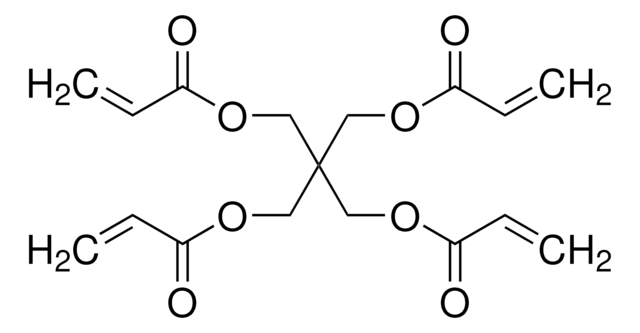
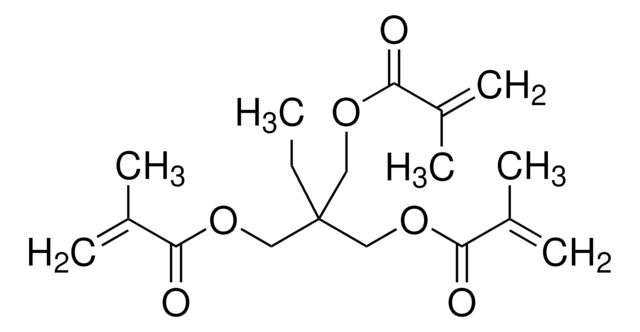

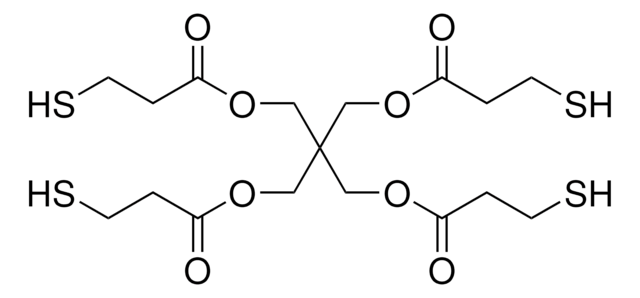
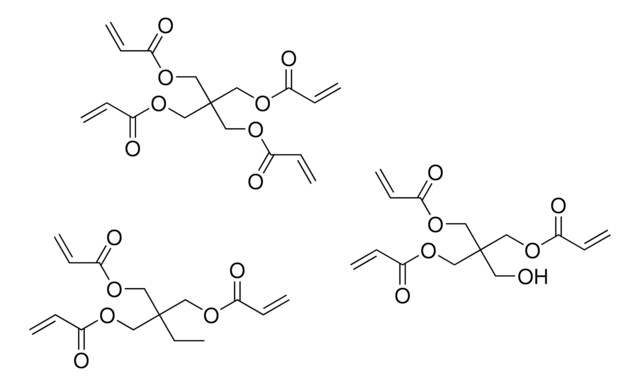
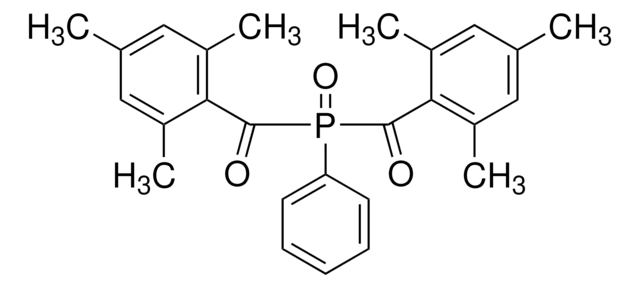


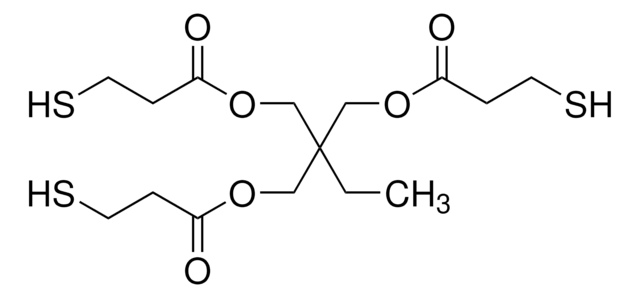





![Tris[2-(acryloyloxy)ethyl] isocyanurate](/deepweb/assets/sigmaaldrich/product/structures/254/494/1a620abc-8043-457f-92ec-87a959682438/640/1a620abc-8043-457f-92ec-87a959682438.png)
